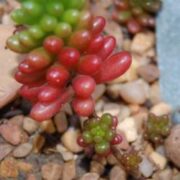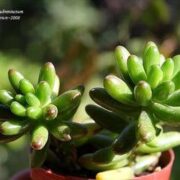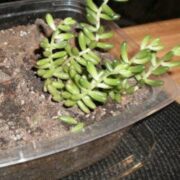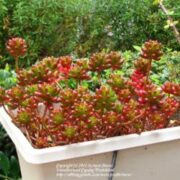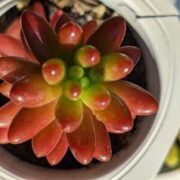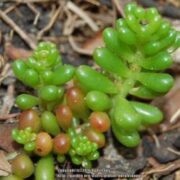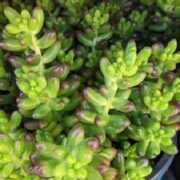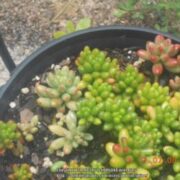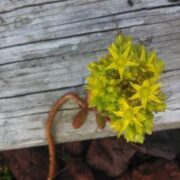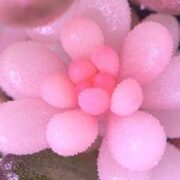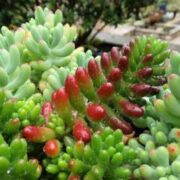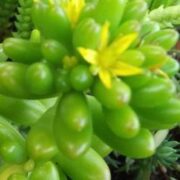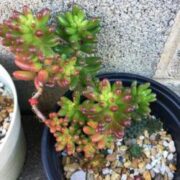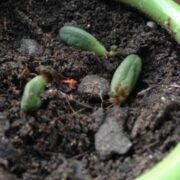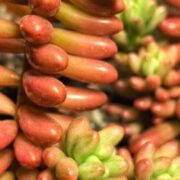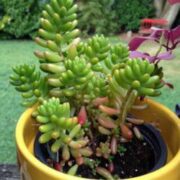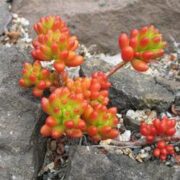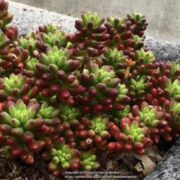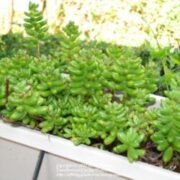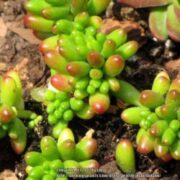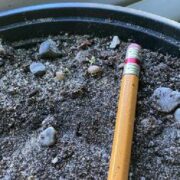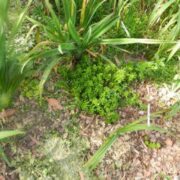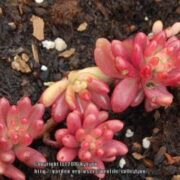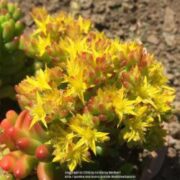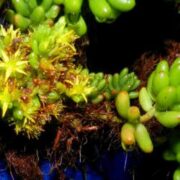Jelly Bean plants (Sedum x rubrotinctum) are **not native to a specific geographical location** in the traditional sense. They are a **hybrid** of two different Sedum species.
Here’s the breakdown:
* **Origin:** They were most likely created in cultivation, possibly in Europe or North America. The exact origin is uncertain, but it’s definitely not a natural occurrence.
* **Parentage:** Their parent species are believed to be Sedum pachyphyllum and Sedum stahlii, both of which are native to **Mexico**. Therefore, their genetic heritage is Mexican, but the *actual* Jelly Bean plant itself is a human-made hybrid.
So, while you could say their lineage is Mexican, it’s more accurate to state that Jelly Bean plants originated in a garden or nursery, not a wild environment.
Suitable in 1 gallon, Suitable in 3 gallon or larger, Needs excellent drainage in pots


